COVID-19: God in the gaps
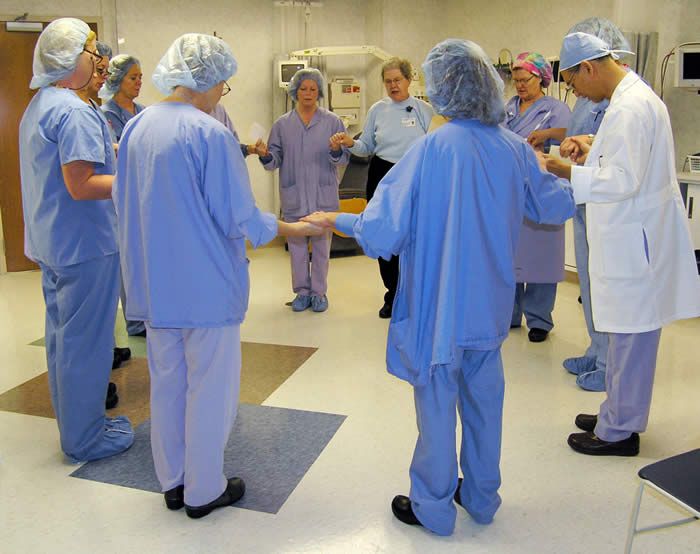 One of my favourite things to do is walk in the mountains of Snowdonia. I spent many a day off in its breath-taking hills during my time working in Bangor a few years ago. One memorable day out was when a friend took me scrambling up the side of Tryfan, notorious not just for its rugged crags and picture-postcard formation but also its two, three-meter high monoliths at the top – nick-named Adam and Eve. Some say North Walian climbing etiquette dictates that the first ascenders of Tryfan should jump between the two. While the gap is little over a meter apart, the stones are perched on the cliff edge, and the exposure on one side is knee-knocking. Once seen, all sorts of doubts start racing through the mind. What if I jump too far? Not far enough? The landing so close and yet feeling so far away. The gap getting bigger every time I catch a glance at the valley disappearing into the floor.
One of my favourite things to do is walk in the mountains of Snowdonia. I spent many a day off in its breath-taking hills during my time working in Bangor a few years ago. One memorable day out was when a friend took me scrambling up the side of Tryfan, notorious not just for its rugged crags and picture-postcard formation but also its two, three-meter high monoliths at the top – nick-named Adam and Eve. Some say North Walian climbing etiquette dictates that the first ascenders of Tryfan should jump between the two. While the gap is little over a meter apart, the stones are perched on the cliff edge, and the exposure on one side is knee-knocking. Once seen, all sorts of doubts start racing through the mind. What if I jump too far? Not far enough? The landing so close and yet feeling so far away. The gap getting bigger every time I catch a glance at the valley disappearing into the floor.
As we make our somewhat groggy retreat down the side of the first peak of the COVID-19 pandemic, maybe this affords us a quiet moment to reflect on what the last few months have brought us. One of my abiding memories is the gaps. Gaps everywhere you looked. Gaps in rotas and around the lunch table as the virus took a heavy toll on colleagues’ health. Stories of gaps in our national PPE stock. Gaps in our clinic and hospital lists as services were cancelled and patients heeded the advice to stay at home. For me, the most striking gap was the one by the bedside – the one in the chair a patient’s loved one would occupy – as visiting was curtailed through our hospitals, hospices and care homes. This gap was hard for me to witness, as someone trying to care for the individual in the bed. But not as hard as for those who had the pain of illness compounded by separation from those they love. Not to say of those experiencing the gap from the other side – the sheer helplessness of family having to literally stand back and entrust the care of their loved one almost entirely to others.
As those entrusted with the care of our patients, we responded to this in so many different and creative ways, but one of the striking things I heard the staff on the COVID wards in the hospital talking about was how the patients had become like family. The clinicians took on the mantle of everything it means to be truly present for someone in their time of need. Despite the risks to their own health, the fear for family at home, the fatigue of non-stop shifts and the frustrations of PPE, they could see and feel the absence of their patients’ loved ones, and they knew that, for a time, they would need to stand in the gap; and stand in the gap they did.
With the easing of the lockdown measures, slowly those gaps by the bedside are one by one becoming fewer. And technology, in various ways, has been helpful. But visiting as yet is not like it was and it is now easy to imagine the gaps universally reappearing if we encounter a second peak. So, what can we take with us? There have been so many good examples of how we can adapt our healthcare environments to the benefit of those we care for in the midst of a pandemic – from names and photos on our PPE to ensuring every patient has access to a video call. Perhaps one of the most important things we can take into a future peak is the importance of us being present for our patients, because we know that, pandemic or otherwise, the road of sickness and deteriorating health is often one marked with fear and loneliness.
Our hospitals are filled with ever more advanced and sophisticated technologies. But COVID-19 has shown us that at their core, our hospitals, along with our hospices and care homes, are to be filled with care. They are to be a refuge for the suffering traveller. Our job is to provide and embody that care – to live it out in a way that technology will never be able to replicate. Our desire must be to find ways to communicate sensitively and clearly, even when we don’t feel as though we have the words. To sit with and comfort those in distress when we definitely don’t have the words, we must show people that whatever the circumstances, whatever the barriers of PPE or otherwise, whatever the protective distancing policies, they will never travel alone.
Yet, as the dust clouds begin to settle ever so slightly, and we now begin to have the chance to reflect on all that has happened over the last few months, I find it easy to feel somewhat guilty about missed opportunities to help and support those who have suffered; for the things we could have done differently. I am also fearful – of having to show up all over again and stand in the gap and wondering where the energy – both physical and emotional – will come from. I am thankful too, however, that in the chaos of COVID, we were never left to work alone, in our own strength. We have a God who, from the beginning of the Bible story to the very end, longs to be with his people. From the Garden of Eden to the tabernacle, from the temple to the church – we have a God whose promise to his people is ‘I will be with you’. Through the incarnation of Jesus, we have a God who, in the most incredible way imaginable, both showed up and stood in the gap in order to bring those who would trust in the promise of his salvation home to himself. So, if we need to scale the peak again we need not fear falling into the valley below, as Jude 1:24 tells us, he will keep us from stumbling and one day will bring us to be with him – forever face to face.
Anthony Williams is a palliative medicine consultant in Swansea

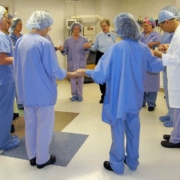
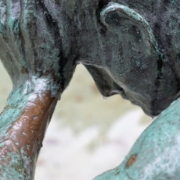


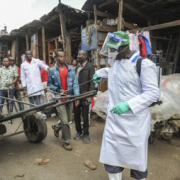
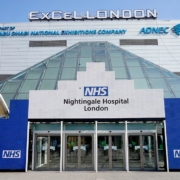
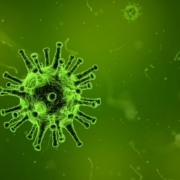
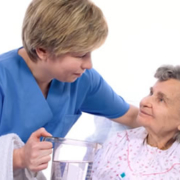



Leave a Reply
Want to join the discussion?Feel free to contribute!